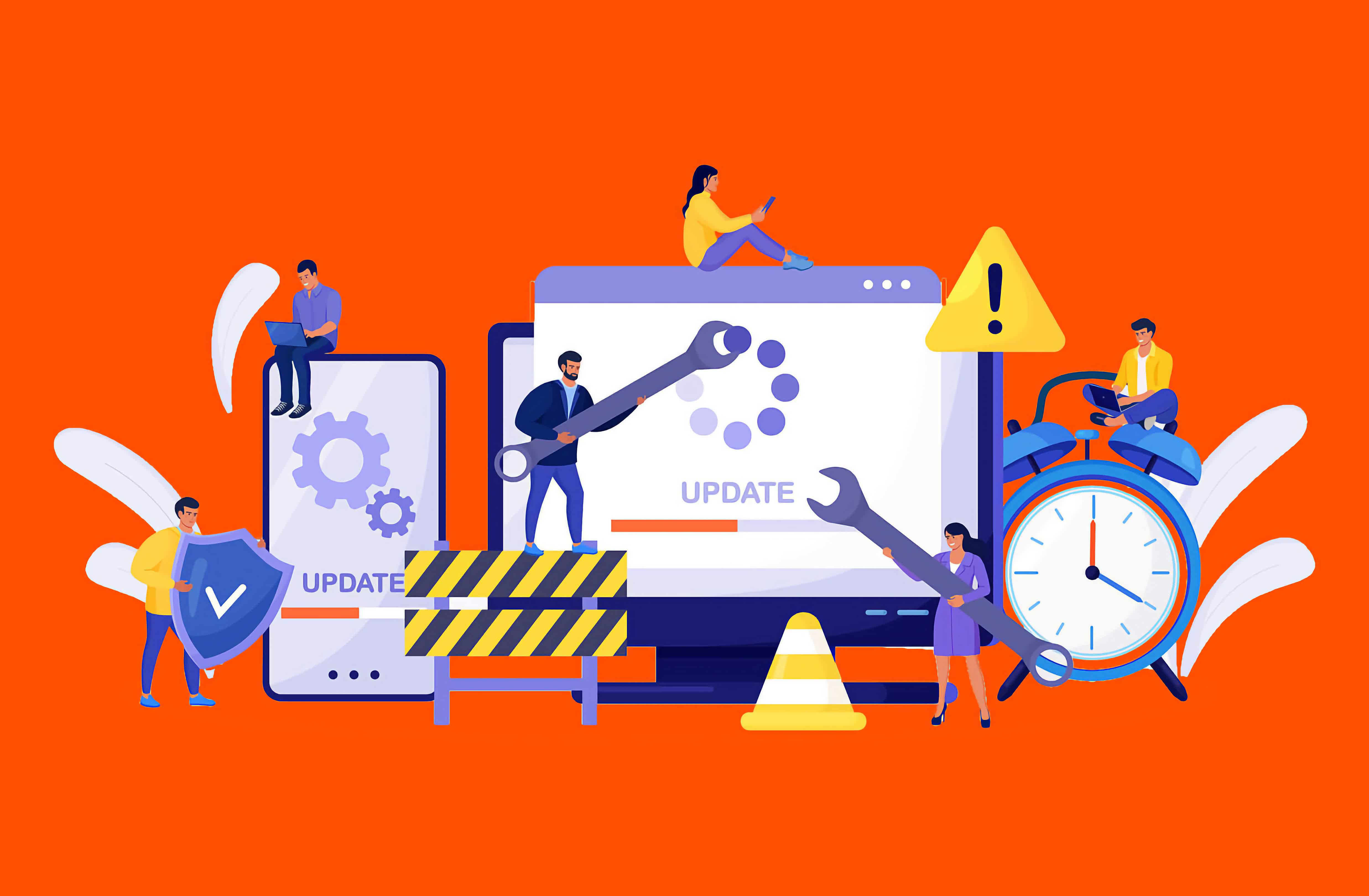Failover vs. Failback: Two Disaster Recovery Methods
A key distinction in the realm of disaster recovery is 关键字2the one between failover and failback. Both terms describe two sides of the same coin, complementary processes that are often brought together.
However, their effects and purposes couldn't be more different. Both play critical roles in ensuring business continuity and disaster recovery, making it essential to understand what they are and how they differ.
What is Failover?
Failover is a business continuity operation that ensures continued access to a system by fully transitioning to another instance of that system. This secondary system is designed to be resilient, ideally unaffected by the event that compromised the primary system.

Put simply, failover occurs when connectivity is switched from one system instance to another. This can happen in various ways, including:
Editor's Note:
This guest blog post was written by the staff at Pure Storage, an US-based publicly traded tech company dedicated to enterprise all-flash data storage solutions. Pure Storage keeps a very active blog, this is one of their "Purely Educational" posts that we are reprinting here with their permission.
- Switching from a primary system to a standby system
- Transitioning to a hot or cold spare
- Activating a backup system during a failure or for testing purposes
- Switching either manually or automatically
The critical point about failover is that it involves a complete migration of logical or physical access from the primary system, server, or hosting location to a secondary one.
While other processes, such as load balancing, may distribute partial connectivity between system instances or components, they do not qualify as failover because they do not represent a full cutover.
What is Failback?
Failback is the quintessential disaster recovery operation. It involves a full migration back to the production status quo – a recovery if you will – at the validated conclusion of a disaster.

Failback occurs when a system reverts back to the primary environment after the root cause of a disruption has been addressed. In practice, this looks like a failover, but in reverse. Once the primary system is restored, access is pointed to that system, and the standby is deactivated.
This reversion is a critical distinction. Some organizations may have complete standby systems for critical applications, which permit full operations on the standby system. In that case, the standby can rightfully be considered the primary and the repaired former primary the new standby.
The Role of Failover and Failback in Disaster Recovery
Failover is critical in a business continuity event because it keeps operations running. By having a system to which your business can transition when a primary system is unavailable, you're able to continue doing business. People can work, revenue streams are preserved, and customers can be served.
Without failover, these functions could grind to a halt, leading to significant disruption. Many organizations depend on technology for critical processes, and when those processes are unavailable, analog alternatives may be insufficient or entirely obsolete. Failover ensures that even in a disaster, the business keeps moving.

Failback comes into play once the need for failover ends. As the disaster is resolved, failback allows the organization to return to normal operations. Typically, failback is necessary when the standby system cannot sustain operations as effectively as the primary system. For instance, a standby system may not be a full replica of the primary system and might be designed only for temporary use during an emergency.
For mission-critical systems, some organizations may build a standby system that is a full replica of the primary. While costly, this approach mitigates the risks of diminished functionality during disasters.
The Benefits of Leveraging Both Failover and Failback
In an ideal world, every business would maintain two fully operational environments: a primary environment and an identical standby environment. This setup would allow for seamless transitions during disasters, ensuring that business operations are completely unaffected.
However, that model can effectively double an IT budget: two sets of endpoints, two sets of servers, two sets of cloud environments, two sets of data, staff to support that both in IT and business operations, etc. It's costly and inefficient for any company, to the point where no company truly maintains that support model.

Instead, most organizations opt for a failover and failback model because it balances cost and efficiency. With this approach, the standby environment is designed to sustain critical operations during a disaster, even if it's not as robust as the primary system. This makes it more economical, less work is duplicated, and the risk of data loss or impact is lower.
It's crucial to maintain a well-designed secondary environment. Cutting costs too deeply on a standby system can result in inefficiencies or financial losses if critical operations are disrupted. Striking the right balance between cost and functionality is key.
If uninterrupted business operations are essential, then a strategic failover and failback plan is not optional – it's a necessity.
- ·电影《私家侦探》出轨危机引爆悬念 古天乐现场捉奸深陷连环情杀案
- ·卫生间简单装修多少钱 卫生间装修要点
- ·阳台装修图片介绍 阳台装修注意事项
- ·尹正剧版《大话》接受专访 实力分饰两角成台词担当
- ·王者荣耀2024国庆节免费皮肤获取方法 王者荣耀2024国庆节免费皮肤怎么获取
- ·Kết quả bóng đá Estonia vs Na Uy
- ·表情包文化与环境影响:一场无声的生态对话
- ·口袋妖怪中白色的断桥道路怎么过
- ·The Real Nvidia GPU Lineup: GeForce RTX 5060 is Actually a Mediocre 5050
- ·【经典】三年级作文10篇
- ·九三学社焦作市委员会莅临焦作餐厨项目调研指导
- ·อุตุฯ คาดพายุดีเปรสชันมีแนวโน้มทวีกำลังแรงขึ้นเป็นพายุโซนร้อน 13
- ·Don't Buy a GPU Now: Wait for Next
- ·中国马主联盟:2022玉龙国际赛马公开赛第10赛马日赛事报告
- ·最新的windows xp sp3序列号(绝对可通过正版验证)Xp激活码
- ·出战世预赛,中国男篮将赴澳大利亚
- ·亚历山大35分哈利伯顿18+7 雷霆险胜步行者总分2
- ·Kết quả bóng đá Bỉ vs Xứ Wales
- ·Việt Nam vắng Xuân Son, Công Phượng vẫn rất lợi hại
- ·80万“众鑫神气”创造神奇!王德全成首位进军200万“育马者杯”决赛的马主
- ·卡普空称《生化危机9》将实现画质革命 榨干主机性能
- ·Kết quả bóng đá Bỉ vs Xứ Wales
- ·สงครามอิสราเอล
- ·玩家吐槽《马车:世界》都25年了任天堂还没理解多人游戏
- ·这一波“小鬼”王琳凯巴黎街拍 吹爆国货尔克奇弹
- ·解决windows server 2008图片文件无法显示缩略图问题

